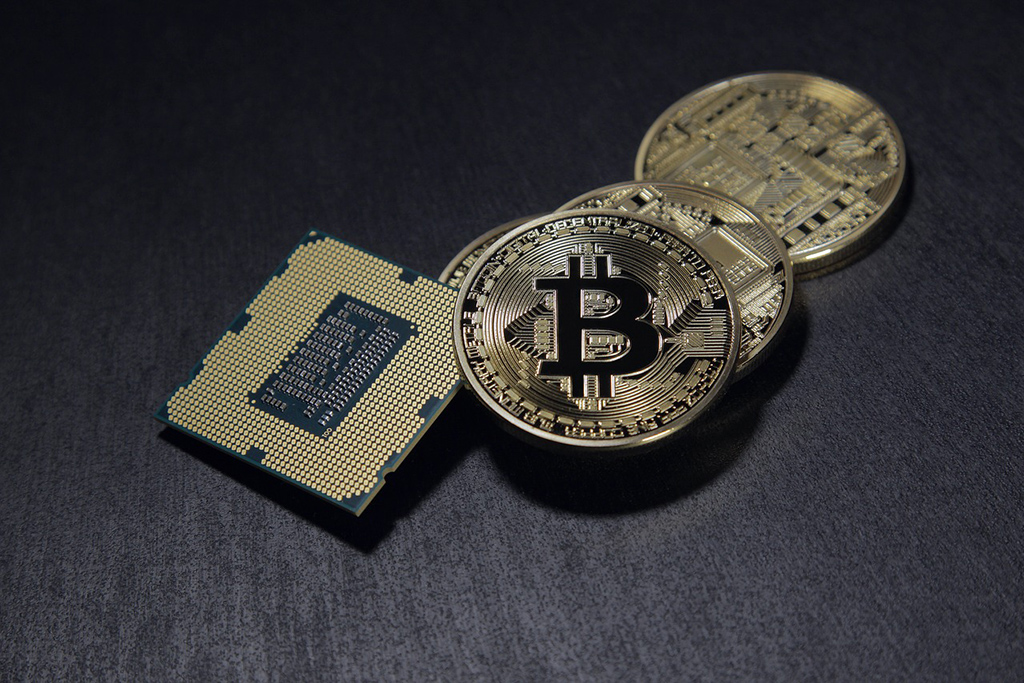This guide explores the best cheap stocks to invest in, according to analysts. We reveal undervalued equities that could outperfor...
What’s the Difference Between Coins, Tokens and Shares?
Last Updatedby Andy Watson · 5 mins read

Using the example of tokens, coins and shares, with this piece, we’ll show you how the concept of crypto blurs the borders between different types of assets.
When you decide to go and put money earned through your blood and sweat into an asset, the imminent question you want to ask yourself is, what is the difference between investment in traditional markets and cryptomarkets.
Basics

Photo: Pixabay
Let’s start off with basic definition of token.
As an illustration, computing defines token as an object which represents the right to perform some operation. Also, one of the online vocabularies says that token is a thing serving as a visible or tangible representation of a fact, quality, feeling etc.
So is token in crypto. It is a digital asset that represents the function that an issuer granted it with. Remember the observer effect in physics? Token might turn into coin, share, bond, etc., depending on who’s looking.
Keeping this in mind, let’s take a look at how crypto world defined the difference between crypto token and crypto coin, token and share.
Tokens and Coins Make Crypto

Photo: Pixabay
In the very beginning, we were talking about the observer’s effect when token turns into coin and vice versa, depending on who’s looking.
If you check out the CoinMarketCap website that provides cryptocurrency market cap rankings, charts, and more, you will find out that they have the following approach. Coin is a cryptocurrency that can operate independently. Token is a cryptocurrency that depends on another cryptocurrency as a platform to operate.
It’s an approach where your view on tokens and coins solely depends on their tech characteristics. If an asset operates on its native blockchain, it’s a coin, if an asset operates on top of other blockchain, it’s a token.
But what if John Smith creates his own blockchain with his mom mining, his dad and his brother transacting and his grandmother Mary Jo keeping her savings in her grandson’s coins?
Does it make the JohnSmith Token a coin? Well, if we look at it from the economics standpoint, than no, because nobody really uses his coin as a payment method, even though technically it has got its own blockchain.
That’s why there comes another way to approach this. Market-wise, coin is a token that functions as a payment method not only within its own ecosystem (blockchain, in this case).
In fact, when a token starts functioning as a payment method and gets unpegged from the initial company that has created it, it turns into a coin, just like Ethereum (ETH), or Ripple (XRP) or Litecoin (LTC).
At the same time tokens with own blockchain that anyone hardly uses as a payment method outside this token’s ecosystem can technically but not really economically be called a coin in our opinion.
Yet, it is fair to say that CoinMarketCap is one of the standard setting companies in the world, so it would be fair to follow their lead on how coins are distinguished from tokens.
Utility Tokens and Security Tokens vs Shares

Photo: Pixabay
Investopedia defines shares as units of ownership interest in a corporation or financial asset that provide for an equal distribution in any profits, if any are declared, in the form of dividends.
As we’ve already explained it earlier, tokens serve as a representation of some function and rights. And these can be same function and rights a share in traditional finances has.
When you take tokens, such as NEO tokens, PivX tokens, etc, they bring you “dividends”. Or, say, EOS uses a voting system to elect block producers. These characteristics are reminiscent of common shares and preferred shares.
At the moment in crypto world there are 3 types of tokens that are reminiscent of securities on traditional market, including shares.
Before we go into details, you need to know that the SEC treats all tokens as standard securities, that’s why a lot of people on the Internet label them security tokens, which is not quite right.
- Security tokens represent the wealth created by a third party. But while investing into it, you don’t get the ownership in the company that has issued those tokens. The way you take profits looks similar to the way you do it with ETFs or mutual funds. Polymath, the software for issuing security tokens in a regulated manner, has already launched several projects. 7Pass offers funding services for the cannabis industry, iPwe is a blockchain patent platform and Cori is a financing system for startups.
- Equity tokens function as stocks, futures, and options contracts. They represent ownership of some third-party asset or venture. In order to return profits, you need to wait for the project’s success.Neufund, an equity token offering from Germany, is a hybrid investment model that combines advantages of an IPO, an ICO and a VC round, they say on their website. Meaning you can launch an equity token offering and raise funds from VCs. The first ETO they have launched was for Fifth Force GmbH, their own parent company.
- Debt tokens function as bonds or mortgages and produce a regular dividend but are subjects to default or drastic changes in the valuation of the debt. Steem is a good example of such a token. If you hold Steem dollars, you receive a 10% interest.
Hopefully, now you understand how above-mentioned tokens are securities, but not all of them are security tokens.
So basically these types of tokens are reminiscent of traditional securities, namely, bonds, mutual funds, shares etc.
To sum up, you should remember that it’s not a token that defines your asset, your asset defines the token. Because token as a concept is just like shell for whatever functions the issuer puts in it.
About the author: Julia Gerstein, a crypto trading bots enthusiast and a content writer at TradeSanta. My final goal is to help readers find what they need, understand what they find, and use what they understand appropriately.
Tron (TRX) price forecast for 2025–2030 with insights on token utility, growth drivers, market trends, and long-term investment ou...
This guide explains how to buy TOKEN6900, a new meme coin project with an attractive market capitalization. Learn how to join the ...